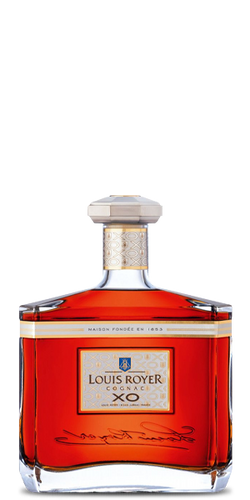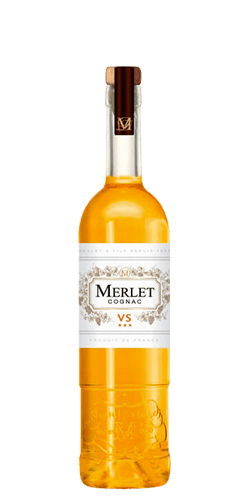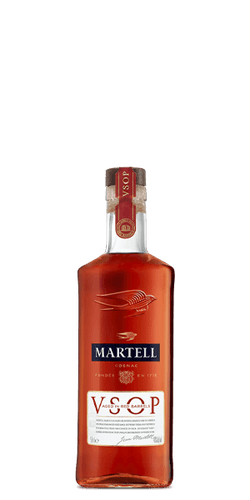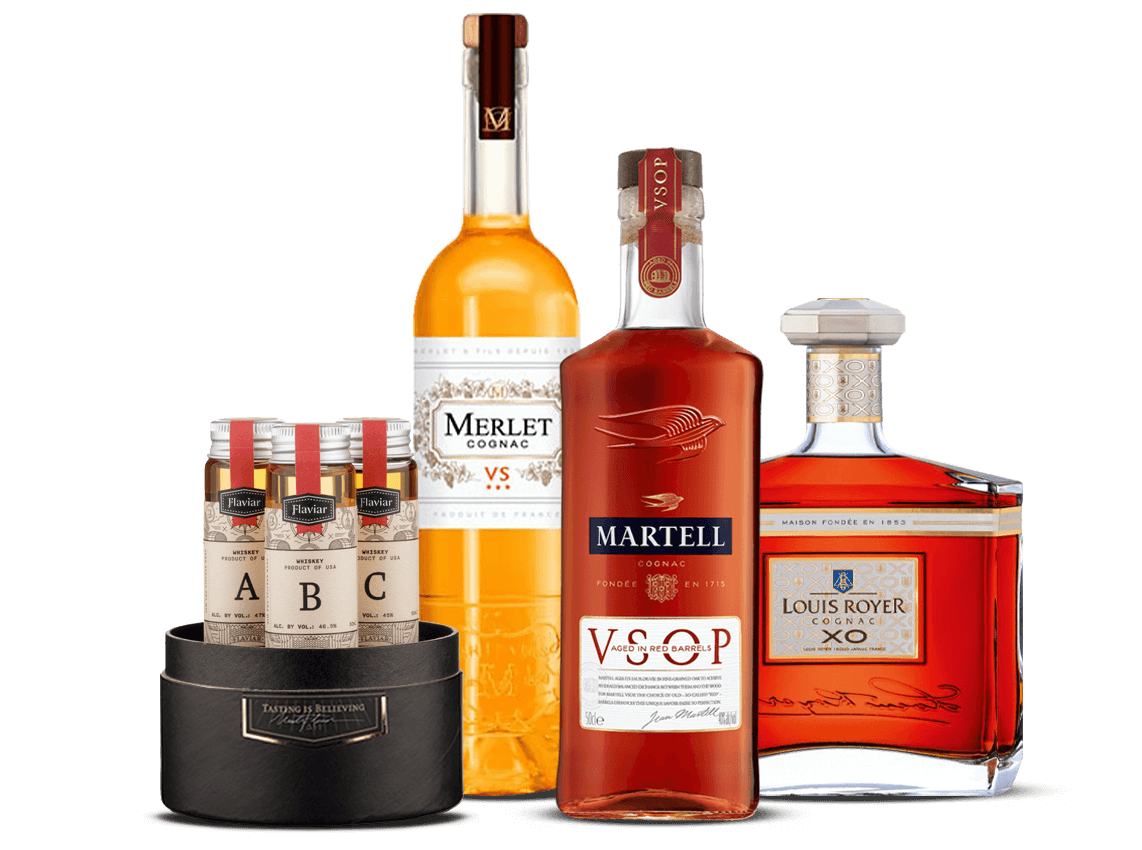
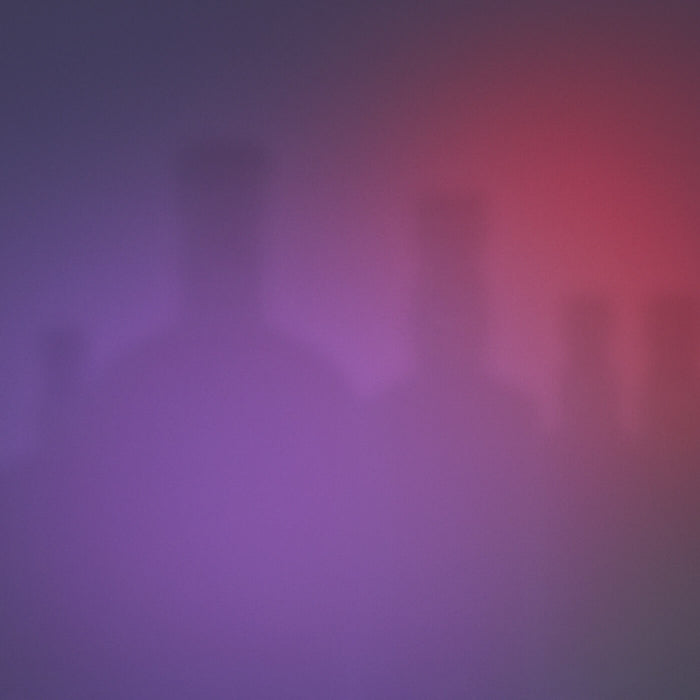
Le Cognac
 Only left •Last few at this price. Grab it now!
Only left •Last few at this price. Grab it now!
Flaviar Black Membership (£40/year) will be added, unlocking reduced prices on select products and other perks.
Flaviar Black Members have exclusive access to hundreds of specially priced bottles. Sure you don’t want it?
- CategoryBrandy & Cognac
- Volume 3 x 45ml
The uncrowned King of Spirits is back!
(All Hail the King)
Cognac has been and continues to remain the libation of choice of royalty, statesmen, leaders, people with acquired taste in general and... well, hip-hop superstars too. So, how has this “burnt wine” acquired the eminent status of being the most noble Spirit around?
The story of Cognac begins with the special Ugni Blanc white grape, cultivated on chalky land in Midwest France, the region of Cognac. The wine itself is very acidic and dry, almost undrinkable, but the winemakers discovered that it’s just perfect for distilling centuries ago. When you put the cask ageing and the influence of the neighbouring Atlantic Ocean into the equation, you’ll understand why they call it Eau-De-Vie (Water of Life). The same production steps are repeated by distillers worldwide, but the Spirit that trickles out of their stills can’t be called Cognac, merely Brandy.
Brandy isn't the only Spirit that's inextricably linked to Le Cognac, though. It's a bit ironic that Armagnac never managed to quite achieve Cognac's recognition or fame, even though it's made in the same way, is similar in taste, and has about a 200 year long head start on it.
Cognac was Napoleon’s drink of choice; it also fuelled the royal courts of England and Russia... and it remains the drink of the blue bloods until this very day. All evidence points to the conclusion that Cognac really is the uncrowned King of Spirits, and there is no sign of any cheeky contestants or trueborn heirs on the horizon.
The selection of Cognacs was quite easy to come up with… we just went for the ones that managed to bring out our inner Bonaparte!
Santé & thank you France!
Trivia & SmartAss Corner:
1) There are three different qualities of Cognac recognized by law: V.S., V.S.O.P., and X.O. (the names are in English, because the Cognac trade was originally developed by English speakers):
- V.S. - "Very Special" or “Three Stars”, designates a blend in which the youngest Brandy has matured in a cask for at least two years.
- V.S.O.P. – “Very Superior Old Pale" designates a blend in which the youngest Brandy has matured in the cask for at least four years, but the average age of the wood is much older.
- X.O. - "Extra Old” designates a blend in which the youngest Brandy is matured at least six years, although on average it’s upwards of 20 years. On 1 April 2016, the minimum maturation age of the youngest Brandy used in an X.O. blend will be bumped up to 10 years.
2) The wine used for Cognac (Ugni Blanc) is very dry, acidic, and thin, but excellent for distillation and ageing.
3) There are six different wine-growing areas (called: cru) authorised to produce Cognac; in descending order of prestige, they are: Grande Champagne, Petite Champagne, Borderies, Fins Bois, Bons Bois and Bois Ordinaires.
4) A blend of Grande and Petite Champagne Cognacs, with at least half coming from Grande Champagne, is known as Fine Champagne.
5) It was Dutch, not French traders that began the swirling history of Cognac (named after the town of Cognac in France). They distilled French wine at the start of the 17th century for the purposes of maritime transportation, and well, like they say, the rest is history.
6) Cognac has another sibling, Armagnac; its older, less acclaimed brother. It’s a bit of an irony that Armagnac never managed to achieve Cognac’s recognition or fame, even though it’s very similar in taste, and had a 200 year head start. This is mostly due to the fact that its region of origin didn’t have the good trade connections with the Dutch and English that the Cognac region enjoyed. The moral of this story kids? It’s all about location, location, location.
7) Rancio is a highly desirable nutty flavour normally found only in extra-aged fortified wines (Port, Sherry, Madeira, Marsala …) and fruit-based spirits: Cognacs, Calvados, and Armagnac. It appears in Cognac after roughly 10 years of ageing in oak casks, becoming even more intense as it ages.
8) 10 litres of white wine is needed to produce 1 litre of Cognac.
9) The late Kim Jong Il was one of the biggest individual consumers of Cognac in the world.
10) The French believe it or not, aren’t actually all that fond of Cognac. They export almost 90% of their production.
This product is available in:
Note: Once an order has been safely & successfully delivered, we do not accept returns due to change of heart or taste. Due to state regulations, we cannot accept the return of alcohol purchased by a customer in error.
What’s in the box?












